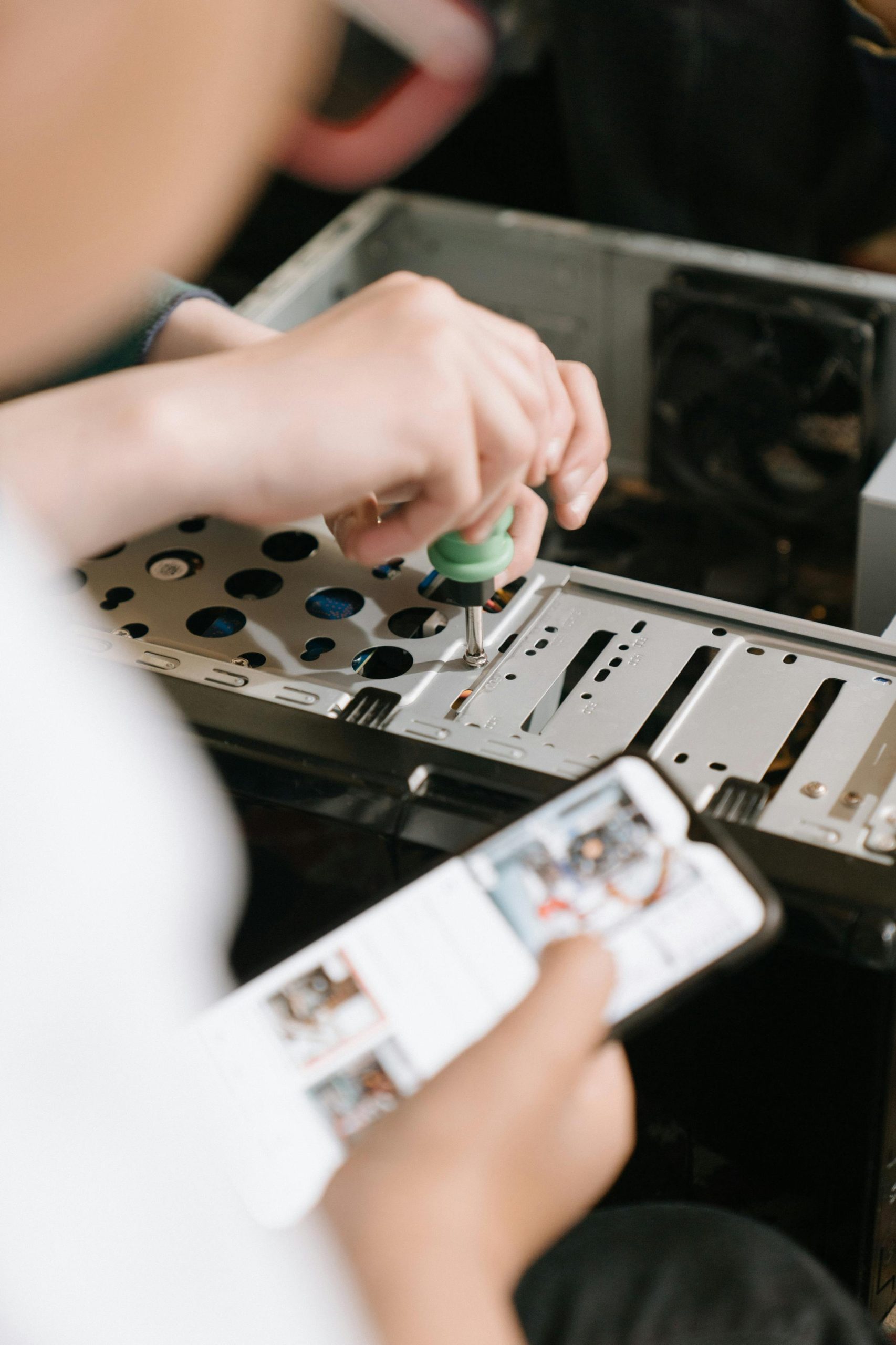Understanding and Troubleshooting the Clock_Watchdog_Timeout Blue Screen Error on Windows 10
Introduction
Encountering the Blue Screen of Death (BSOD) on your Windows 10 computer can be alarming, especially when the error appears randomly and disrupts your workflow. One such error code that users sometimes encounter is “CLOCK_WATCHDOG_TIMEOUT.” While this can sound technical, understanding the possible causes and solutions can help you resolve the issue effectively, even if you’re not a tech expert.
What is the CLOCK_WATCHDOG_TIMEOUT Error?
The CLOCK_WATCHDOG_TIMEOUT error typically indicates that the processor is not responding as expected, often due to hardware or driver issues. It can cause your system to freeze temporarily or restart unexpectedly, impacting your productivity and data safety.
Common Causes
- Hardware Conflicts or Failures: Issues with your CPU, RAM, or other components.
- Outdated or Corrupted Drivers: Particularly chipset or processor drivers.
- Overheating or Thermal Paste Issues: Old or degraded thermal paste can lead to CPU throttling or errors.
- Power Supply Problems: Insufficient or failing power units.
- Software Conflicts or Malware: Although your scans showed no infections, software conflicts can still cause instability.
Step-by-Step Troubleshooting
- Reassess Thermal Management
While you’ve already replaced the thermal paste, consider the following: - Ensure all heatsinks and fans are clean and functioning properly.
- Verify that case airflow is optimal.
-
Use software tools to monitor CPU temperatures during load.
-
Update Drivers and BIOS
Outdated drivers can cause hardware communication issues. - Visit your motherboard manufacturer’s website to download the latest BIOS updates.
- Update all critical drivers, especially chipset, CPU, and graphics drivers.
-
Use Device Manager or third-party tools to identify and update outdated drivers.
-
Check for Hardware Stability
Testing your hardware can help identify failing components. - Run memory diagnostics using Windows Memory Diagnostic or MemTest86.
- Consider stress-testing the CPU with tools like Prime95.
-
Check your storage device for errors using Samsung Magician or similar tools if applicable.
-
Monitor Power Supply
Ensure your power supply unit (PSU) is providing stable power. - Consider testing with a different PSU if available.
-
Avoid overclocking settings that might strain your hardware.
-
Review System Logs
Use Event Viewer: - Search for “Event Viewer” in Windows Search.
- Check
Share this content:

